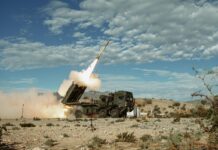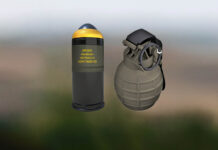The intensity and diversity of special operations missions demands top-of-the-line conventional equipment as well as kit specially designed for special operations forces (SOF) requirements. While they are already among the best equipped units of any military, SOF constantly search for new or enhanced tools to provide them with the tactical advantage.
Small arms
The wide range of SOF missions requires the procurement of various weapons optimised for different engagement modes and ranges, as demonstrated by the ongoing modernisation efforts of the German Army and Navy’s special operations commands – respectively the Kommando Spezialkräfte (KSK) and Kommando Spezialkräfte Marine (KSM).
Sidearms
At the shortest end of the spectrum, the KSK and KSM are replacing their current pistols with the new Walther P14 and the compact P14K. The procurement contract was announced in May 2024, with a seven year fulfilment period. It covers delivery of up to 6,500 pistols plus accessories, spare parts and training systems. The P14 is based on the Carl Walther AG’s 9 × 19 mm Performance Duty Pistol (PDP). The P14/P14K’s accessories include sound suppressors, compensators, red dot and laser targeting aids, as well as standard (18 round) and long magazines; these weapons are suitable for maritime environments.
Sniper rifles
At the other end of the spectrum, the KSK recently upgraded the long-range (1,200 m) G22 and G22A1 sniper rifles to the G22A2 standard. The G22A2 features a muzzle brake that cuts recoil by half, reduces trigger pull, with upgraded optical sights which accommodate a night-vision adapter. Other optional accessories include a sound suppressor, a red dot aiming aid, and a ballistic computer with integrated weather meter.
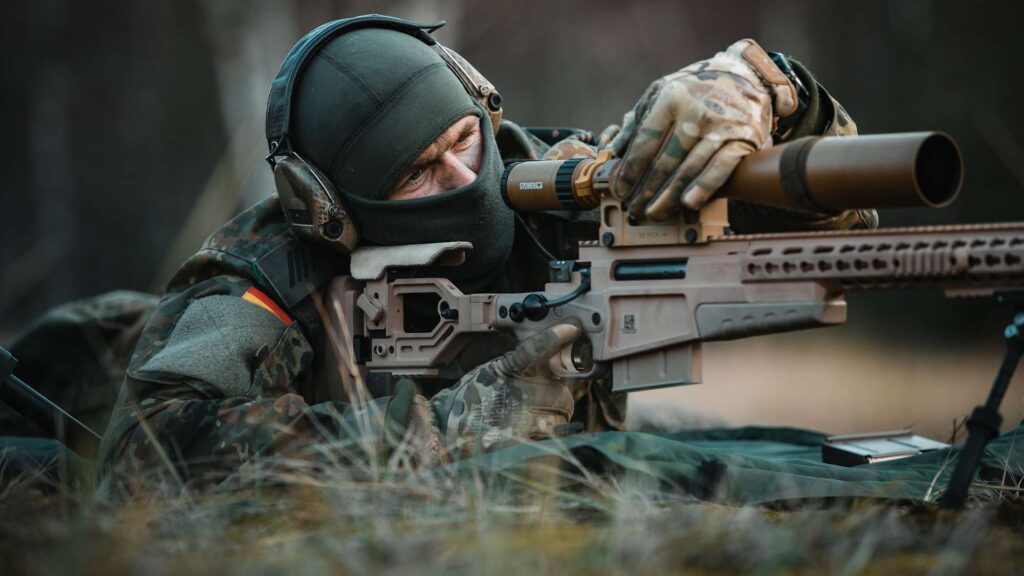
Compact assault rifle
Between these extremes, the KSK and KSM are also procuring two new firearms for short- to medium-range requirements. Heckler & Koch defines the G39 as a compact assault rifle that can be used like a submachine gun (SMG). Based on the HK437, the new “specialised suppressed SOF weapon” will have greater range and stopping power than the MP5D it replaces. It will be chambered for the 7.62 × 35 mm (.300 AAC Blackout) round. In the G39 configuration, it will have a 229 mm long barrel with a retractable stock. The G39 will be equipped with an A-TEC sound suppressor. With a mounted suppressor and fully extended stock it measures 926 mm. Empty weight with suppressor and an empty magazine is 3.3 kg. Overall, the weapon is designed to be highly manoeuvrable in close-quarters battle (CQB) scenarios, while surpassing the MP5 in open-area combat. While H&K cites a typical effective range for an SMG chambered in 9 × 19 mm at around 100 m, an assault rifle firing 7.62 × 35 mm ammunition can achieve a 300 m effective range. Procurement of a first tranche of 176 units was announced in February 2024. While deliveries will begin in 2025, total requirements call for up to 988 units overall.
Sharpshooter rifle
The G210 is designated as the ‘short-range sharpshooter rifle’, which is an MR308 A6 variant that H&K developed specifically for the SOF tender of the German KSK. At a maximum length of 1,010 mm (including a 425 mm barrel) and an empty weight of 4.4 kg, the semi-automatic precision-fire weapon will be suitable for various terrain and urban settings. The order of up to 500 units for the KSK and KSM was announced in August 2024. Per latest H&K statements, the precise delivery schedule is still being negotiated, but is expected to begin in 2025.
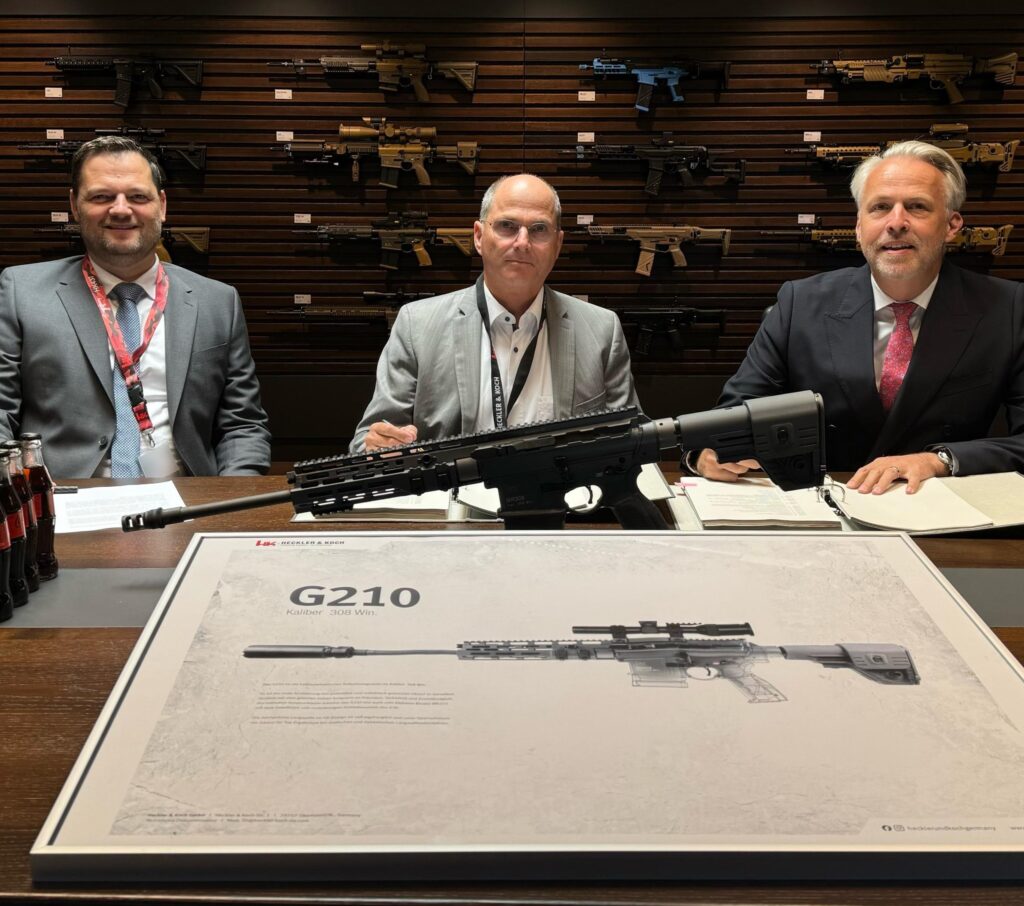
Machine gun
The United States Special Operations Command (USSOCOM) was forced to suspend its search for a new extreme-range (2,500+ m) sniper rifle in October 2024 due to budgetary constraints, but has continued other acquisition projects ranging from firearms to missiles.
This includes the Lightweight Machine Gun – Medium (LMG-M), which is designed to supplement the 12.7 × 99 mm (.50 BMG) M2 HB heavy machine gun (HMG), possessing a maximum effective range circa 2,000 m, and the 7.62 × 51 mm M240 general-purpose machine gun (GPMG), possessing maximum effective range circa 800 m, while bridging the capabilities gap between the two. The LMG-M will be chambered in 8.6 × 93.5 mm (.338 Norma Magnum). SOCOM hopes to achieve accurate fire at ranges similar to a 12.7 mm HMG but with the weight and portability of the M240. The requirement traces back to SOF experience in Afghanistan, where enemy fighters deploying non-standard PKM machine guns firing 7.62 × 54R (rimmed) munitions achieved ranges up to 1,500 m, well beyond the M240’s capabilities. The new weapon is intended for dismounted SOF as well as for light vehicle and boat weapon mounts.
SOCOM initiated the LMG-M programme in 2017 to ensure future overmatch against enemy forces, and initially hoped to award contracts in the 2021 timeframe. The three remaining competitors for the contract – Sig Sauer, True Velocity (teamed with FN America), and Ohio Ordnance Works – delivered their first prototypes to SOCOM for testing in February 2024. As confirmed by SOCOM in March 2025, the Lightweight Machine Gun – Medium programme is still undergoing source selection. The command intends to make an award announcement in summer 2025.
Glide and loitering munitions
Sometimes, of course, 2,000 m is insufficient. Given the light footprint and mobility requirements for SOF, any long-range weapons must be readily portable either on foot or light vehicles.
To this end, USSOCOM is seeking industry submissions for a precision glide munition that is smaller than the GBU-69 Small Glide Munition and that can be delivered by unmanned aerial vehicles. On 18 February 2025, USSOCOM’s technology incubator SOFWERX invited industry to an April 2025 assessment event “to pitch, demonstrate, and/or discuss their solutions.” Subsequent evaluations by USSOCOM could lead to research and development agreements and prototype testing. The objective weapon is currently designated as the Gliding Offensive Lightweight Unmanned Munition (GOLUM). The GBU-69 is 107 cm long and weighs 27 kg, including the 16.4 kg warhead; the stand-off range is in excess of 32 km. Objective criteria for GOLUM include a maximum weight of 13.2 kg and a range of 100 km or more, with modular warhead options including airburst, impact, and penetration.
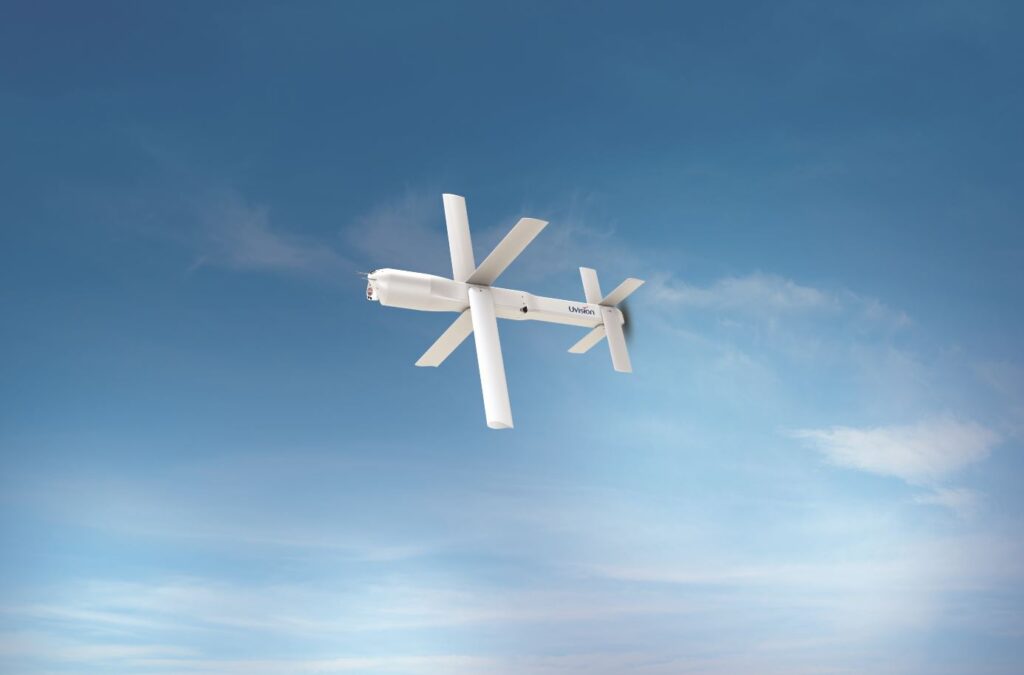
Sensors and situational awareness tools
Whether for hostage rescue, direct action or reconnaissance, SOF missions depend on situational awareness. A broad spectrum of tools are required.
Throwable sensors
The Recce360 tactical camera manufactured by Bounce Imaging is designed to capture 360° video and audio in any environment. The spherical camera can be thrown like a baseball and is designed to provide special forces with reliable situational awareness in complex scenarios such as hostage rescue and counter-terrorism operations while keeping personnel concealed. Alternatively, the device can be extended on a pole, lowered on a tether or mounted on a reconnaissance unmanned aerial vehicle (UAV) or unmanned ground vehicle (UGV).
The Recce360 is available in two variants, the Recce360 TW weighing 770 g, and the Recce360 Mini weighing 360 g. Both are equipped with six monochrome cameras arranged evenly over the sphere to ensure complete coverage regardless of how the orb lands. The system is also equipped with a microphone and speaker for two-way communications, and white light distraction LEDs which can strobe to disorient enemies before an assault. Recce360 can be remotely controlled via a tablet or smartphone app and transmit images in real-time to the operator and up to four other team members. Depending on variant, transmission range and battery endurance reach up to 123 m and two hours, respectively.
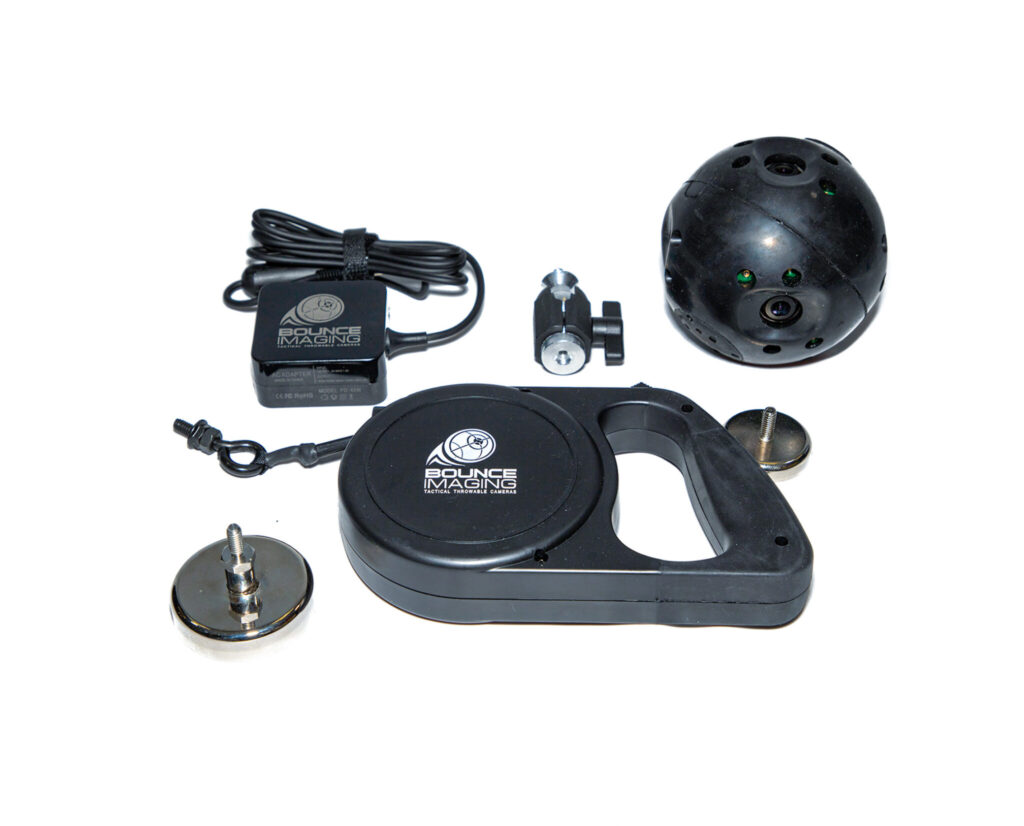
Target reconnaissance
For reconnaissance and targeting missions, SOF can choose from various combinations of optical sensors and fire support systems. One solution is Safran Vectronix AG’s Sterna True North Finder (Sterna TNF), which can be paired with a number of the firm’s optronic devices to provide accurate targeting coordinates. The Sterna TNF can operate in GNSS-denied environments and in all terrains including indoors. Typical applications include reconnaissance, fire control, close air support, and search and rescue (SAR).
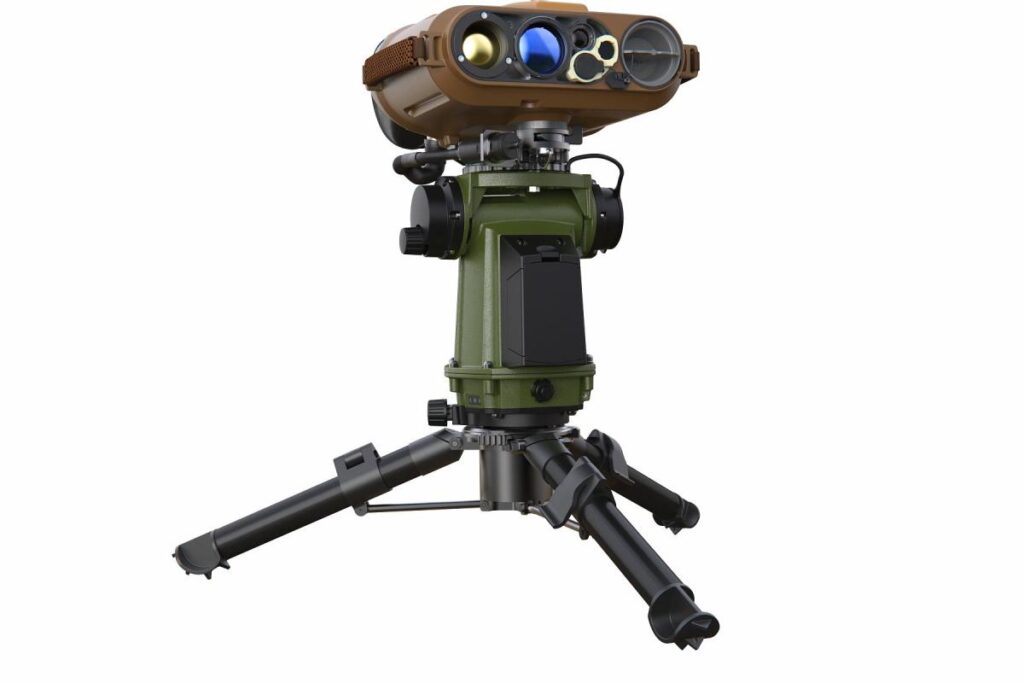
Tunnel reconnaissance
On 10 March 2025, USSOCOM posted a request to award a single-source contract for first-person view (FPV) drones, specifically for use in tunnels, caves, and other enclosed spaces. The name of the selected vendor has yet to be released, but SOCOM has stated that only one company is capable of supplying both the required UAVs and the associated operator training. The tender is specifically geared toward SOF (Green Beret) A-Teams operating in the Central Command area of responsibility, although they could be supplied to other SOF as well. “Currently, the absence of dedicated unmanned aerial systems (UAS) for cave clearing operations forces reliance on Military Working Dogs (MWD) or partner forces, significantly increasing risk to both personnel and mission success,” SOCOM stated in the request. “Caves present confined, complex spaces with limited visibility and unpredictable terrain, increasing the danger to personnel and potentially hindering MWD effectiveness.”
The precise nature of the UAVs to be acquired remains unknown. Fibre-optic cable-guided drones would provide the greatest assurance of unimpeded real-time feedback, since the conditions inside caves and tunnels can interfere with wireless relays from autonomous UAVs. Israeli forces, in particular, have gained considerable experience operating FPVs in extensive labyrinthine tunnel systems which harbour multiple opportunities for booby traps and ambush.
Mobility systems
Maritime SOF have special requirements for covert underwater insertion. In addition to swimmer delivery vehicles (SDVs), this includes personal swimming aids such as Patriot3’s Jetboots Diver Propulsion System. According to the producer, the system is in use by forces in 25 nations, including the US Navy, US Marine Corps, and US Army SOF units. In April 2022, USSOCOM ordered additional units via a USD 10 million indefinite-delivery/indefinite-quantity (IDIQ) contract with an ordering period of up to five years.
The system’s propulsion battery and control device are strapped around the diver’s waist with a belt, and connected by cables to the two thrust nozzles which are fastened to the diver’s thighs; the adjustable nozzles are driven by direct current motors with low noise levels. The system allows for speeds of up to 7.2 km/h (3.9 kn) and work down to a maximum diving depth of 92 m. The lithium-ion battery stores sufficient energy for up to six hours of operation, with the actual operational duration depending on the speed.
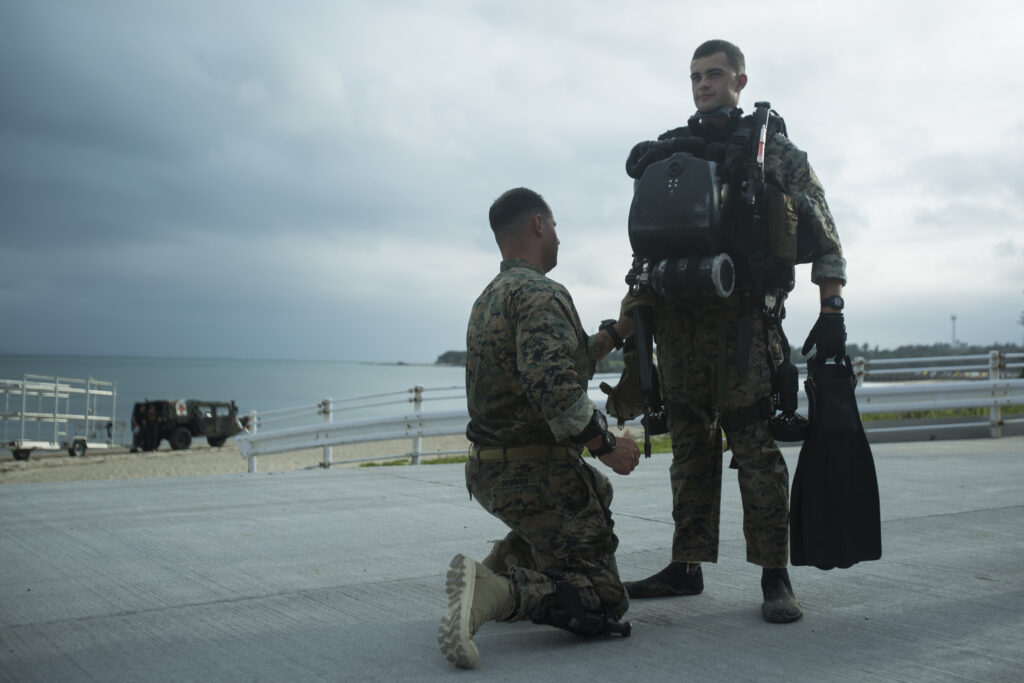
Protective gear
SOF must deploy prepared for a wide variety of developments without overburdening themselves with equipment. Specifically with regard to protective gear, they must find a balance between force protection and agility. In February 2025, Avon Protection introduced the MITR-M1 half mask as protection against low-to-mid-level respiratory threats. Advantages over full-face counter-CBRN respirators include lighter weight, portability in a pocket or standard pouch. It is designed to work with helmet-mounted retention clips to allow the user to don the mask without removing their helmet. The filter can be worn to either the left or right to minimise interference with weapon sighting. According to Avon, the MITR-PF Compact Particulate Filter used in the mask provides 99.97% filtration efficiency.
The half-mask design is intended to not interfere with other gear such as goggles or night vision goggles (NVGs). Additionally, Avon is developing the MITR-PG1 Powered Goggle to augment the mask. This is essentially a ballistic visor with integrated filter and blower system to continually purge the air within the goggle, to protect the eyes and to prevent misting.
Connectivity
Connectivity of personnel within a deployed SOF unit, and between the unit and headquarters or other military formations, is a force multiplier. Networking is increasingly becoming indispensable, with highly capable systems seeing increasingly adopted for SOF by numerous users.
One example is the Gladius 2.0 Flex system, an SOF-specific variant of Rheinmetall’s Gladius 2.0 soldier system. Specifically, Flex is based on the Gladius 2.0 Light variant developed for light infantry and includes the Light base kit consisting of a lightweight plate carrier with scalable ballistic protection, a voice and data radio with integrated GPS-based blue force tracking, a wired/Bluetooth headset for voice communications, and the end-user device which can be either a ruggedised tablet, smartphone or smartwatch capable of displaying tactical maps and exchanging tactical information. Flex adds specific components to support SOF requirements.

While Rheinmetall’s Gladius system has been procured by the German armed forces, similar networked systems are being acquired or developed by numerous armed forces. As high-priority elements, SOF will continue to adapt new technologies that will enhance the situational awareness and communications capabilities which are vital to their success and survival in the field.
Sidney E. Dean







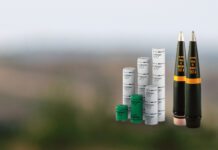


![Challenger 3: Rising to the Challenge Only 148 of the British Army’s Challenger 2 MBTs will be upgraded to the Challenger 3 standard. [Crown Copyright 2025]](https://euro-sd.com/wp-content/uploads/2025/09/01_Challenger-3-RBSL_UK-MoD-Kopie-218x150.jpg)
